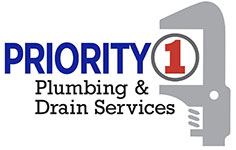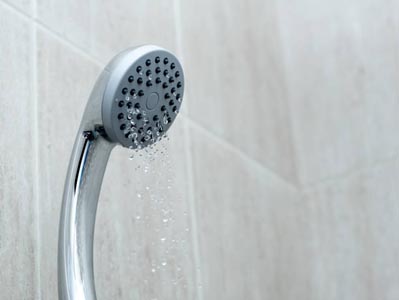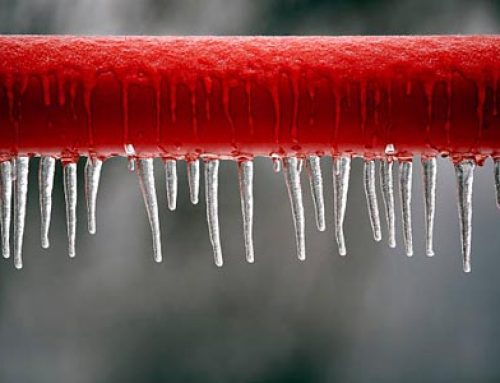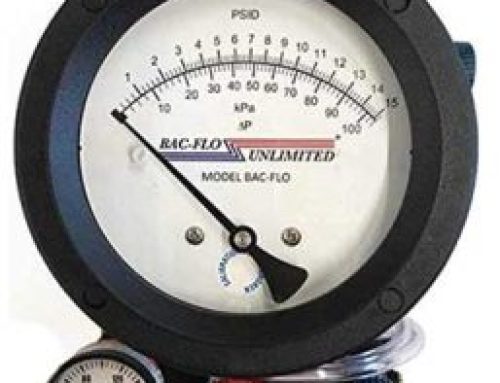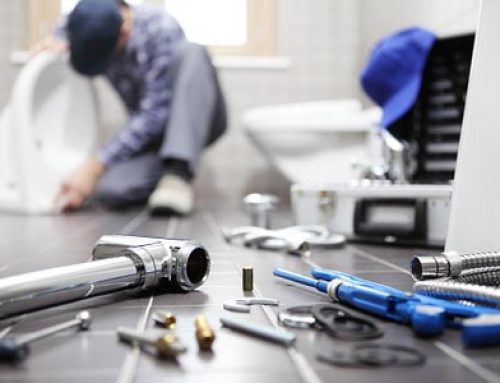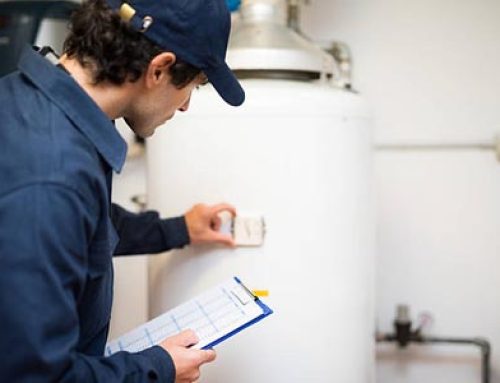Are you tired of taking an unsatisfying shower or struggling to clean your dishes because of low water pressure? Relax; you’re not alone! Although low water pressure can be an annoying and inconvenient issue, there are steps you can take to fix it.
In this article, we’ll examine the various reasons for low water pressure and offer helpful advice on how to evaluate and fix the problem. We have covered whether you have a minor inconvenience or a significant plumbing issue. So, let’s get going!
7 Things to Do to When You Have Low Water Pressure
Check the Water Pressure in Your Home
Checking your home’s water pressure should be your first step. To accomplish this, get a water pressure gauge from your nearby hardware store and fasten it to an outdoor spigot. Normal water pressure should be between 40 and 60 pounds per square inch (psi). You might have low water pressure if your water pressure is less than 40 psi.
Check Your Water Shut-Off Valve
Next, ensure the shut-off valve for your water is fully open. A partially closed valve may result in low water pressure and restricted water flow. The shut-off valve is typically situated close to where the main water line enters your house. To maximize the water flow, make sure the valve is entirely open.
Check Your Pipes for Leaks or Clogs
Low water pressure may also be caused by leaks or obstructions in your pipes. Look around your property for damp areas or water damage if you think there may be a leak. If you discover a leak, it’s crucial to fix it immediately to stop more harm.
Mineral deposits, silt accumulation, and debris in your pipes can all result in clogs. If you suspect a clog, try flushing your pipes by switching on all of your home’s faucets simultaneously for a few minutes. This can enhance water flow and help remove any buildup in your pipes.
Check Your Water Heater
If your low water pressure solely affects your hot water, your water heater may be the cause. Ensure your water heater’s temperature setting is set correctly by checking it. A low-temperature setting may impact water pressure. To eliminate any sediment accumulation that might be the source of low water pressure, you might also need to purge your water heater.
Consult a Licensed Plumber
After all other possible solutions have been exhausted and your water pressure is still low, it might be time to call a qualified plumber. A plumber can identify and solve the issue: a broken pipe, obstructed drain, or faulty water pressure regulator.
Although low water pressure can be distressing, it is frequently simple to resolve. Do not hesitate to contact Priority 1 Plumbing if you have low water pressure. To guarantee your complete satisfaction, our team of experts can identify and resolve any plumbing problem, no matter how big or small!
